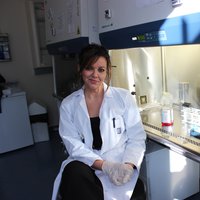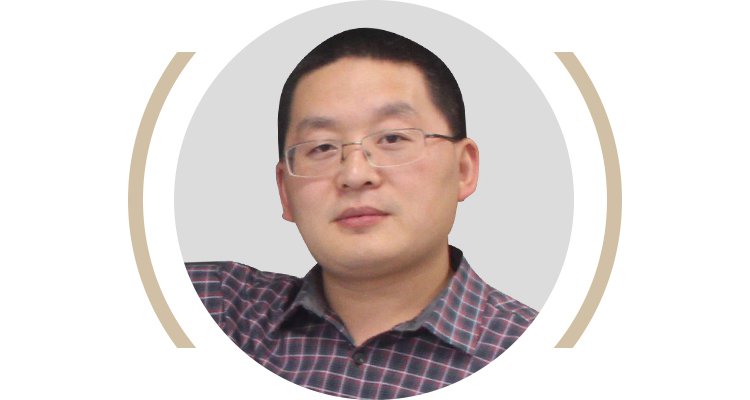Charge-based semiconductor devices are the
building blocks of modern electronics. Current flowing through a semiconductor
inevitably incurs energy dissipation; the management of which is a key
challenge for circuit miniaturization. The search for alternative paradigms of
electronics and alternative electronic degrees of freedom, such as spin, is a
vibrant frontier in condensed matter physics.
Dissipation-free transport can take place in
a “topological insulator (TI)”, a material in which the interior is insulating but
electrons can travel without resistance along one-dimensional conducting
channels known as edge states. Topological phase of matter won the Nobel Prize in
Physics in 2016 and has become a hot topic in the field of physics in recent
years.
In 2013, after four
years of unremitting efforts, Cui-Zu Chang, a 28-year-old
doctoral student of the famous physicist Qi-Kun Xue of Tsinghua University,
first experimentally realized the “quantum anomalous Hall (QAH) effect”, which
was envisioned by Haldane in 1988. He achieved the two essential ingredients of
the QAH effect, a TI with an internal magnetization, by successfully doping
magnetic ions into a TI film using molecular beam epitaxy (MBE). The work was
published in the journal Science in early 2013 and featured in the official announcement
for the 2016 Nobel Prize in Physics. This achievement made Chang famous in the
field of condensed matter physics overnight and was highly praised by his Ph.D.
supervisor Qi-Kun Xue, former Stanford professor Shou-Cheng Zhang, and Nobel Physics
Prize laureate Zhen-Ning Yang.
After a four-year postdoctoral study at
MIT, Chang joined Pennsylvania State University, which is known for its condensed
matter physics. Collaborating with colleagues at Penn State and Rutgers, he has discovered fundamentally new phenomena in QAH sandwich samples such as a
candidate “axion insulator”, a state hypothesized by Frank Wilczek in 1987 but as of yet, unobserved in particle physics. Its
realization in the solid state provides a promising platform for the pursuit of
anyon (i.e. beyond boson and fermion) physics, a holy grail of physics
research.
In the future, Chang's research group at Penn
State will explore new quantum topological materials and fabricate new quantum
structures to enhance the working temperature of QAH effect. Hopefully, the QAH
effect can be realized at the temperatures higher than liquid nitrogen temperature ( -195℃). “If the working temperature
of the QAH effect is above liquid nitrogen temperature, the QAH state will
solve the need for low-energy electronic devices, thus implementing the
long-awaited quantum computer,” Chang said.




